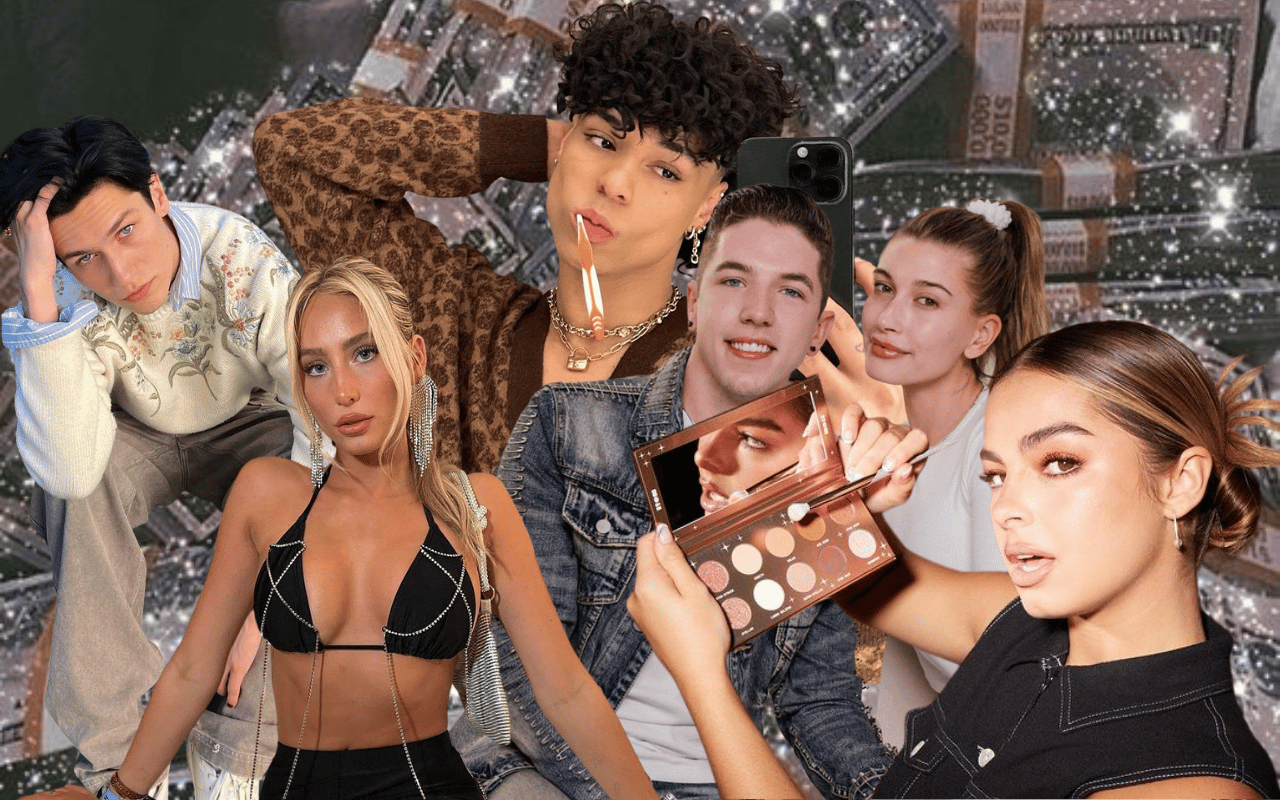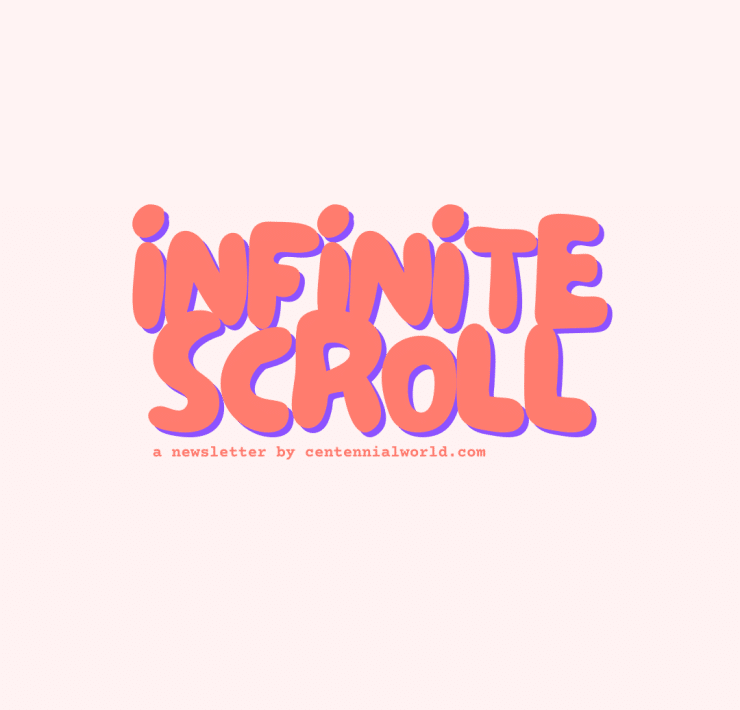
This article was originally published on January 13, 2023. Updated on March 19, 2024.
Despite boasting millions of followers and holding significant cultural influence, TikTok’s biggest stars are struggling to secure their future as a platform ban looms.
Talk of a ban is nothing new. Since 2020, the Trump and Biden administrations have voiced suspicions that TikTok’s Chinese-owned parent company, ByteDance, might share data from millions of US users with the Chinese government. As concerns about user privacy and national security continue to mount, the future of TikTok in the United States remains tenuous at best.
Last week, the United States House of Representatives took a significant step by passing the Protecting Americans from Foreign Adversary Controlled Applications Act— essentially calling for ByteDance to divest from TikTok or face a nation-wide ban.
While the bill is still pending approval from the Senate, this ultimatum is the most recent instalment in the ongoing battle between TikTok and the US government. The back-and-forth has already seen the app banned on federal devices and user data transferred to a US-based cloud platform. At one point, Marc D’Amelio – the patriarch of TikTok’s royal family – even considered purchasing the platform to ensure TikTok’s longevity in the States.
@beowulftiktok Replying to @blackbearbobanc The House passed the TikTok Ban Bill, but that doesnt mean TikTok is banned yet. #tiktokban #tiktokbanupdate #stoptiktokban
♬ original sound – Nathan Espinoza
Since the news broke, creators and small businesses have tirelessly lobbied the government, claiming that a ban would be detrimental for people who rely on the platform for their income. By democratising viral fame and the ability to monetise content, the creator economy has been a game-changer for many people.
“The creator economy, as it’s known, is now a global industry valued at $250 billion, with tens of millions of workers, hundreds of millions of customers and its own trade association and work-credentialing programs,” Taylor Lorenz writes for The Washington Post.
There is no denying that the flow of funds between social media platforms, companies, and creators positively affects the US economy— minimising unemployment and underemployment while boosting consumers’ purchasing habits. However, creators, particularly those leading brands, have struggled to convert their influence into sales in recent years, prompting the question: Is TikTok worth saving?
Consider Addison Rae‘s ITEM Beauty and Hyram Yarbro’s Selfless by Hyram as examples. On January 10th last year, reports emerged that beauty retailer Sephora would be dropping both brands from its shelves.
Addison launched ITEM Beauty in 2020 in collaboration with Madeby Collective, a brand incubator owned by the same parent company as beauty subscription boxes IPSY and BoxyCharm. The brand was arguably premature, given Addison’s star had only just risen and she had not yet solidified herself as a beauty icon— finding initial internet fame in replicating TikTok dances. ITEM entered into an exclusive retail deal with Sephora in August 2021.
Hyram, on the other hand, launched his brand directly into Sephora in 2021 after building a reputation as a skincare specialist. Powered by The INKEY List, Selfless by Hyram seemed like a natural fit for the creator who became known for his education-based content. Though not an accredited dermatologist, Hyram’s philosophy of “the ingredients don’t lie” resonated with Gen Z, especially as many of his recommendations remained affordable and accessible.
While both brands were slated to be successes— ITEM thanks to Addison’s massive following and Selfless due to Hyram’s credibility— there were signs that not all was well.
Upon its 2020 launch, ITEM Beauty did not appear to sell out, an unusual result for a brand co-founded by such a big creator. One month later, ITEM faced copycat accusations from Utah-based influencer Indy Blue when ITEM released their Cheek Money compact with the words ‘I love you say it back’ printed on the inside mirror. This phrase was coined and trademarked by Indy as the basis for her clothing line, Lonely Ghost. While the use of the phrase may have seemed coincidental, Indy was quick to point out that Addison had previously sported Lonely Ghost in TikToks posted to her account.
Hyram also faced initial controversy, as many compared his brand’s sustainability efforts to greenwashing. Others criticised the launch video as a display of white saviourism, depicting clips of endangered ecosystems and people living in poverty, insinuating that the brand was here to help. Perhaps most detrimental to Selfless, however, has been Hyram’s declining relevancy as one of TikTok’s buzziest creators. As TikTok and YouTube have seen an increase in dermatologists, plastic surgeons, and estheticians taking to these platforms in the past year, fans are moving away from seeking advice from unqualified creators.
Hyram’s struggle to remain relevant is hardly a unique dilemma for creators in the volatile world of TikTok, where virality can be instantaneous but futile. Addison and Hyram are among a cohort of young creators who found fast fame during the pandemic. The magnitude of this fame was unprecedented, as it was previously uncommon for a creator to garner millions of followers in a matter of weeks on platforms like YouTube and Instagram.
However, as the world moved out of lockdowns and TikTok content began to evolve, some of the app’s early success stories have struggled to maintain a deep connection with their audience, largely due to the short-form nature of the platform, as well as the algorithm’s tendency to push fresh and trending content to the user’s feed regardless of who they follow.
So while a creator could have 10 million followers, the majority of their video views are likely coming from random users on the For You Page, making it difficult to build a genuine fandom invested in their personal brand.
This has led to skepticism over the value of working with TikTokers on commercial partnerships — an industry pain point that was highlighted at 2022’s VidCon when multiple TikTok creators, including @missdarcei and @grace_africa, reported having empty lines at their ‘meet & greet’ sessions, despite boasting between 470K to 1.3 million followers at the time.
On how this could have happened, YouTuber Nessa Briella AKA Simplynessa15 said that “TikTok completely killed the concept of influencers,” noting that she was part of the creator generation that saw thousands of people in line at their ‘meet & greet’ sessions. She went on to suggest that the kind of virality seen on TikTok makes it easier to grow a following than on other platforms, “but that doesn’t necessarily translate into fandom.”
@imsimplynessa #greenscreenvideo let me know your thoughts girlies #vidcon #vidcon2022 #vidconmeetandgreet
♬ original sound – Simplynessa15
The industry was faced with a similar revelation just months later when Patreon reportedly signed a $1.325 million deal with TikTok bigwigs Larray and Chase Hudson to publish exclusive content on the platform in the hopes of converting a percentage of their fans to paid subscribers. Larray had 26.3 million TikTok followers at the time. Chase boasted 32.2 million.
According to the report, the company expected that Larray would drive $100,000 in subscriptions in his first month and Chase would bring in $25,000. In reality, their conversions were far from lucrative, with Larray bringing in just $2,217 and Chase a mere $2,670 in their first month on Patreon.
Of course, there are exceptions to this trend, like Alix Earle who’s become TikTok’s ‘it girl’ over the past year. According to research by Ubiquitous, Alix is capable of increasing Google searches for products she uses by 100% in just 24 hours, where almost all of her product recommendations sell out shortly after she shares them.
While these metrics are in stark contrast to what we’ve seen from creators recently, her success mimics that of so many early TikTokers, like Addison and Hyram, who also grew quickly and were once very buzzy. It’s still too early to tell if Alix’s current influence is genuine, or if it will eventually peter off like so many before her.
There is no doubt that young people are happy to invest time watching TikTok — over 40% of Gen Zs in the U.S. spend more than 3 hours a day on the app — but it seems that’s where the investment ends for a lot of users.
Though audiences might shell out a few dollars to try a viral product in a one-time purchase, the decision by beauty giants like Sephora to drop creator-led brands suggests that hype culture is not a sustainable marketing strategy and TikTok followers are not a marker of influence.
In a market oversaturated by celebrity and influencer brands, it’s becoming increasingly clear that consumers are tired of being sold to by unaccredited famous faces, no matter how many millions of followers they have.
All that being said, as TikTok continues to face scrutiny, Gen Z’s jaded view of creator-led products and brands doesn’t bode well for the future of the app.

